Swiss Abroad in San Francisco mark an emotional centenary
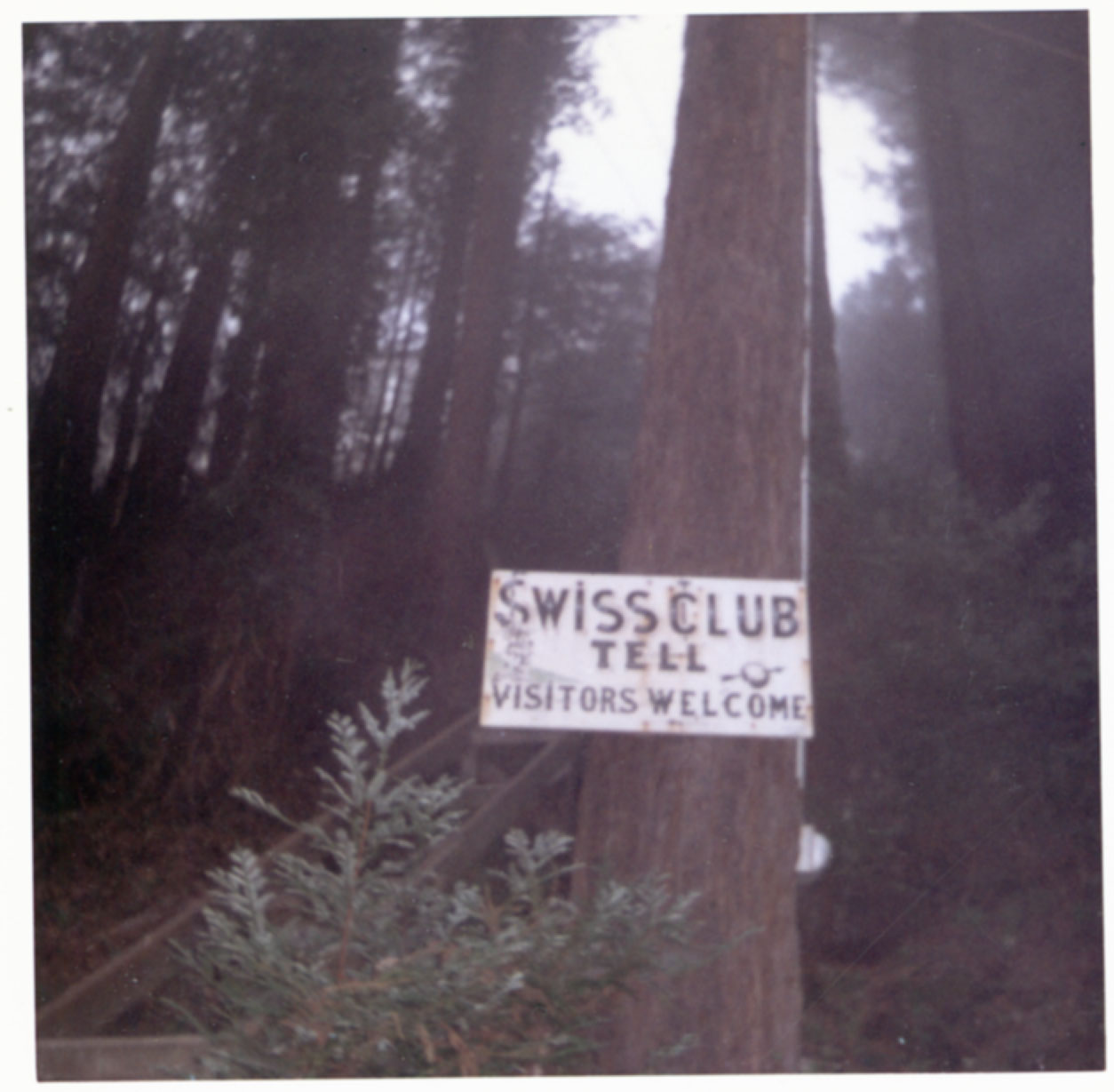
The Swiss Club Tell in San Francisco is celebrating 100 years of pioneering spirit, helping compatriots in need – and yodelling until dawn. However, the future is looking less rosy, with new arrivals from Switzerland less in need of a home away from home and less interested in becoming members.
Edgewood Avenue is a ribbon of asphalt that winds through the hills of Mill Valley, a small town with European charm in the heart of Marin County at the foot of Mount Tamalpais. This is a hilly area with lush vegetation, dirt tracks and creeks. The similarities with Switzerland meant that when Swiss immigrants arrived in this area of California in the mid-19th century, they felt less homesick.
“After the First World War, immigration from Europe increased significantly and many Swiss started arriving in the Bay Area, San Francisco, Marin County,” says Frank Dommen, secretary of the Swiss Club TellExternal link. “In the days before television, social life centred on club activities. The presence of the Swiss was considerable.”
At the beginning of the 20th century there were more than 15 Swiss clubs in the area, he says.
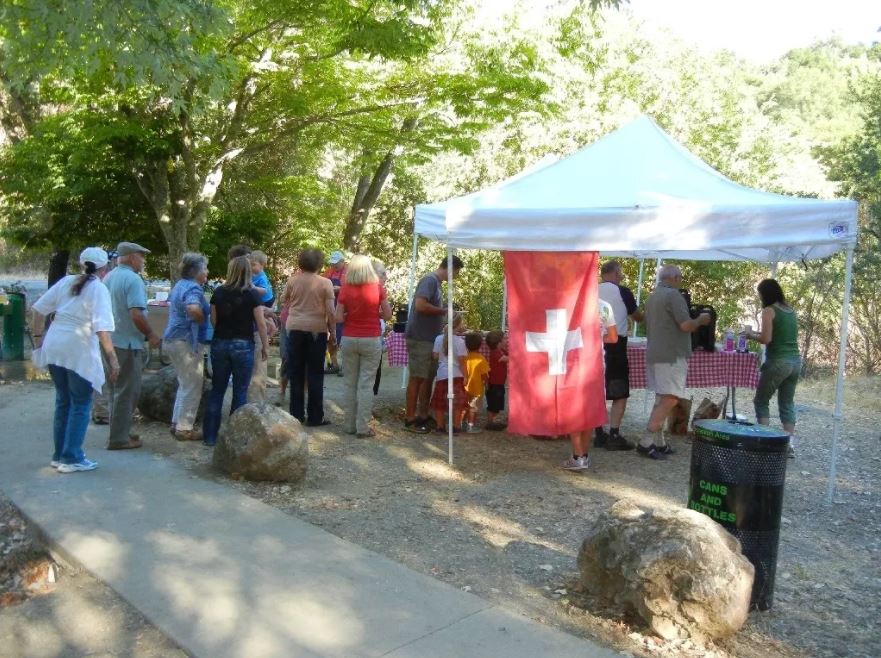
“Arriving from a different country, looking for a job, not being able to speak English well, or speaking it with an accent, wasn’t easy and you could face discrimination,” explains Trudy May-Moesch, club president since January 2020. “So the opportunity to be with your fellow compatriots, to speak your own language and to keep your own traditions was a necessity.”
Around 1919 the United Swiss Society of Northern CaliforniaExternal link, which unites all the clubs, wanted to acquire a “Swiss house”, but one of the biggest challenges was agreeing on the location. One group wanted it in the city of San Francisco, another wanted it to be somewhere that looked more like Switzerland. They couldn’t agree until some leading members from different organisations decided to buy several lots under their individual names in the wild hills of Mount Tamalpais.
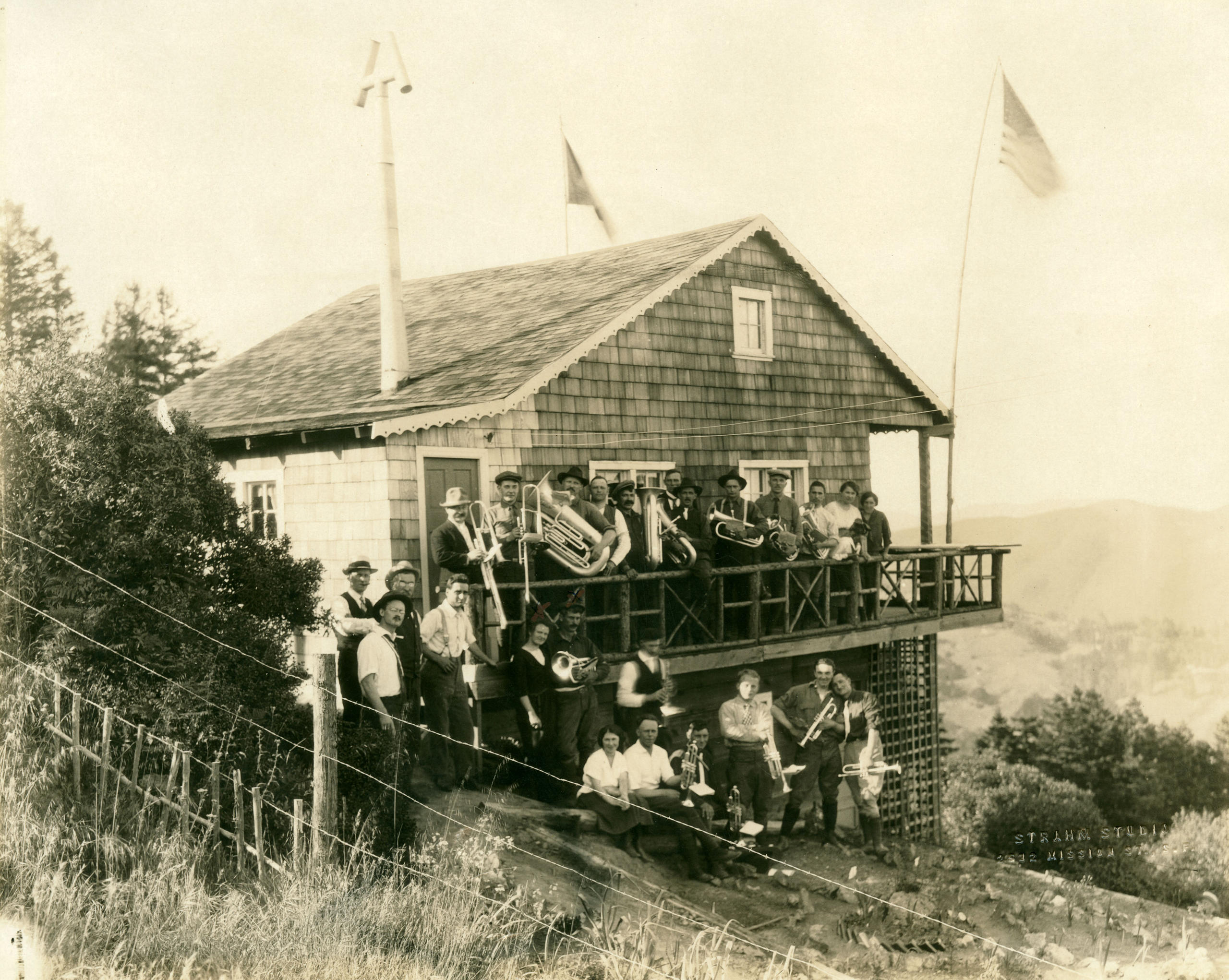
Back then, Edgewood Avenue didn’t have a name. It was just a dirt path in the woods – a steep, uneven trail and not an easy hike, except for those who were used to the mountains. That trail in the woods certainly evoked Alpine memories for the Swiss people.
“So in 1920, as soon as they had enough lots, they founded the ‘Schweizer Verein Tell’, and the new club had its home in the wild hills of the small village of Mill Valley,” May-Moesch says.
It was thanks to Theo Von Atzingen, Fritz Bertschy, Arthur Dassow, J. Felix, Ed Keller, Ed Schwab, Al Tscheinen and Fred Weiss – and to the determination and pioneering spirit of these founding fathers – that the club house was built.
Early challenges
On a rainy evening in September 2021, the current members of the club have come together in Sausalito, in the Bay Area, to celebrate the Swiss Club Tell’s centenary (one year late because of the pandemic).
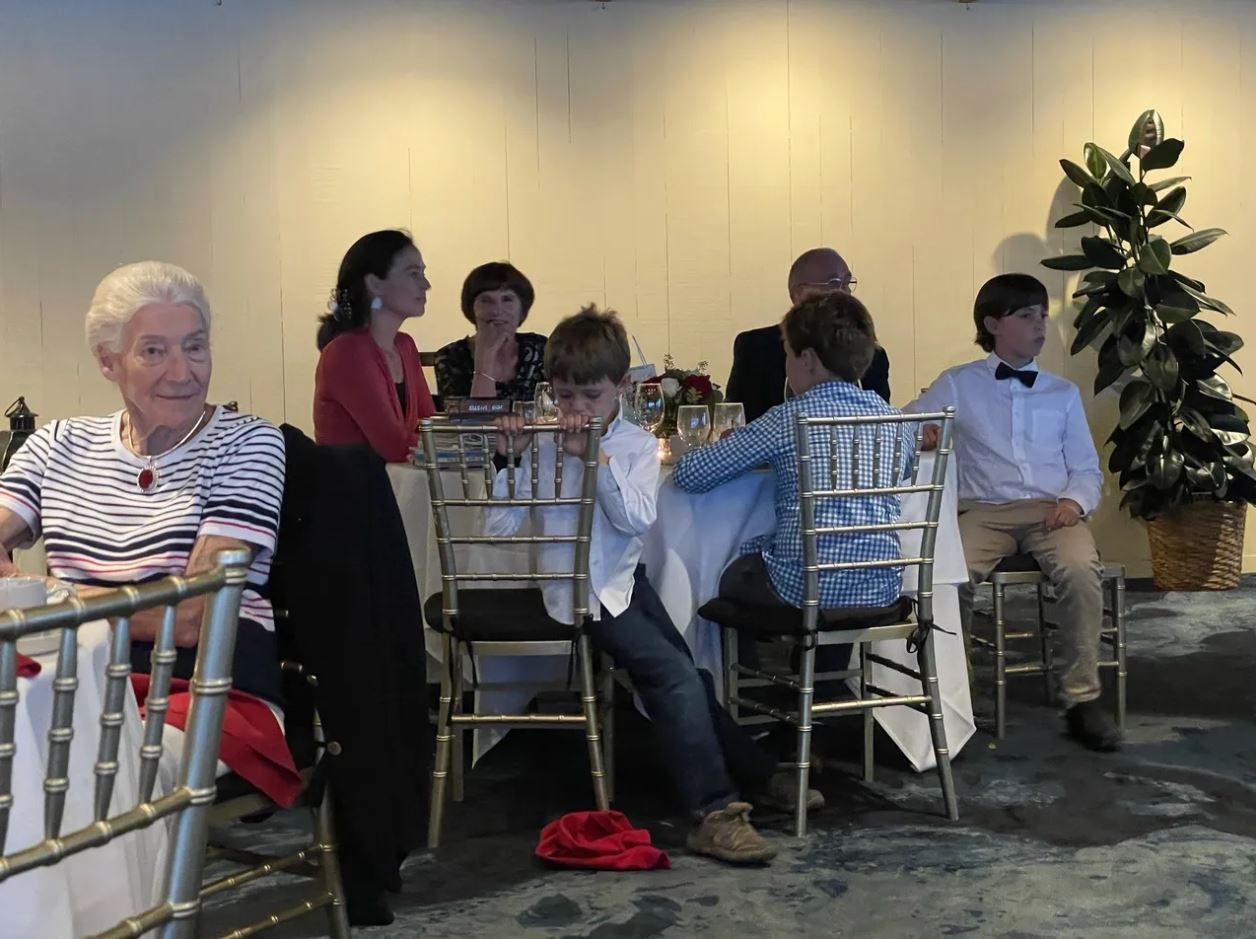
Frank Dommen is visibly moved as he retraces the steps of the club’s origins, tells anecdotes and recalls memories collected in a few pages by former club president John “Hans” R. Felder, who died in August.
The community of first- and second-generation Swiss, many with white hair, laugh and clap.
“This is the first event in person,” May-Moesch says. “In March the first lockdown took place, after that our meetings were [online].”
As the storytelling goes on, from the windows of the hall one can see the boats in the San Francisco Bay; in the distance the city skyline is lit up.
“At the beginning of the 20th century the Golden Gate Bridge hadn’t been built. The members of the club used to take the ferry to come here to Sausalito,” Dommen says. “They then had to walk or drive up to Mill Valley, and from there they had to make their way up the hill. There was no road leading directly to anywhere near those lots.”
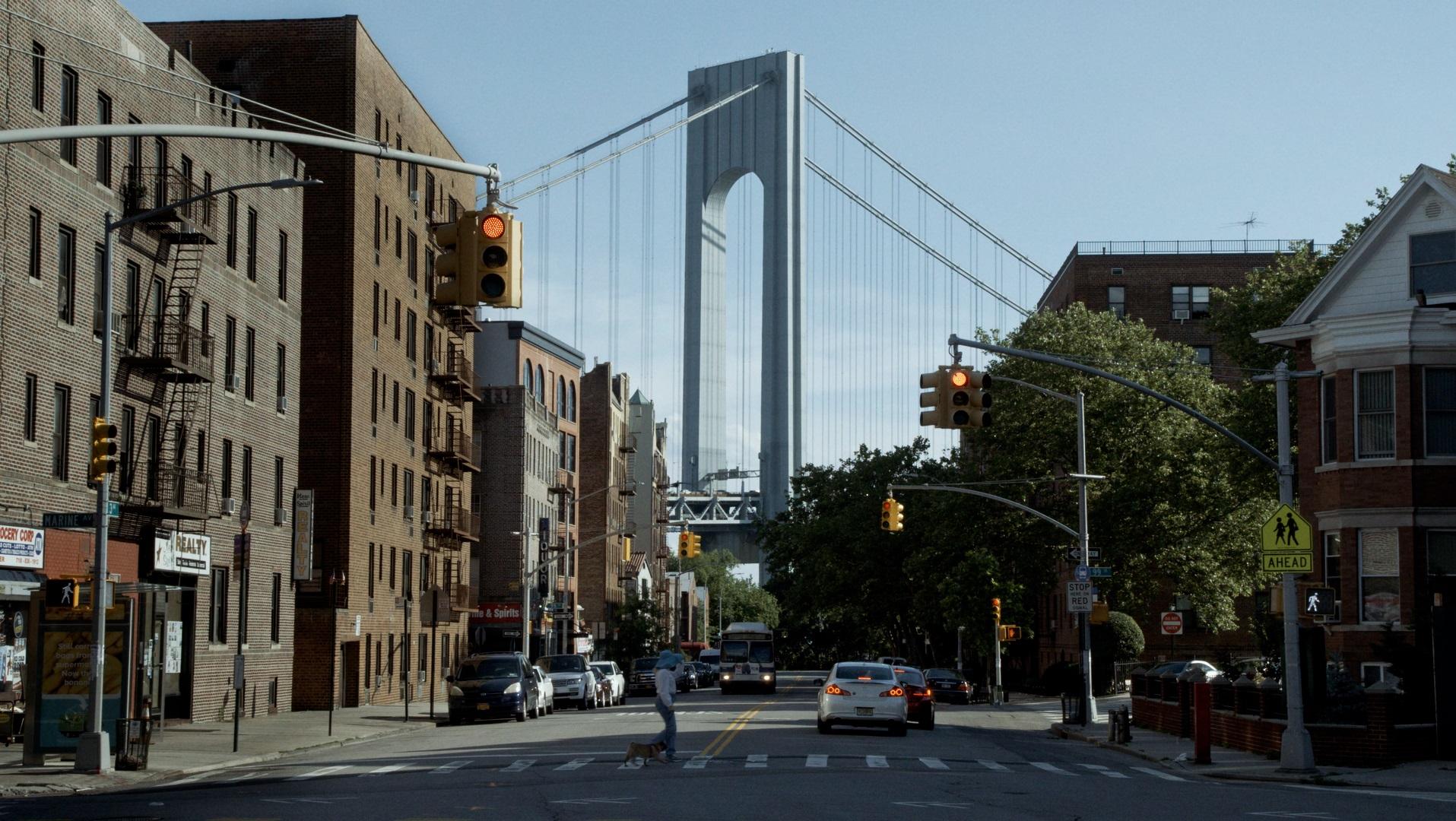
More
The visionary Swiss engineer who changed the face of New York
In 1920 one of the first things they had to do was to build a less rugged trail. “With picks and shovels they got to work,” he says. It was only later that the county took over the trail, and the road was paved and named Edgewood Avenue.
Once they built the road, they needed an easier way to transport the material for the construction of the clubhouse. Soon the Swiss Club Tell had a cable car.
Unfortunately, during a raging storm the first small hut slid downhill, crushing a dream. “It was a total loss for the whole community, but in the true pioneer spirit of those resilient people the clubhouse was rebuilt, bigger and more resistant, and it is still standing to this day.”
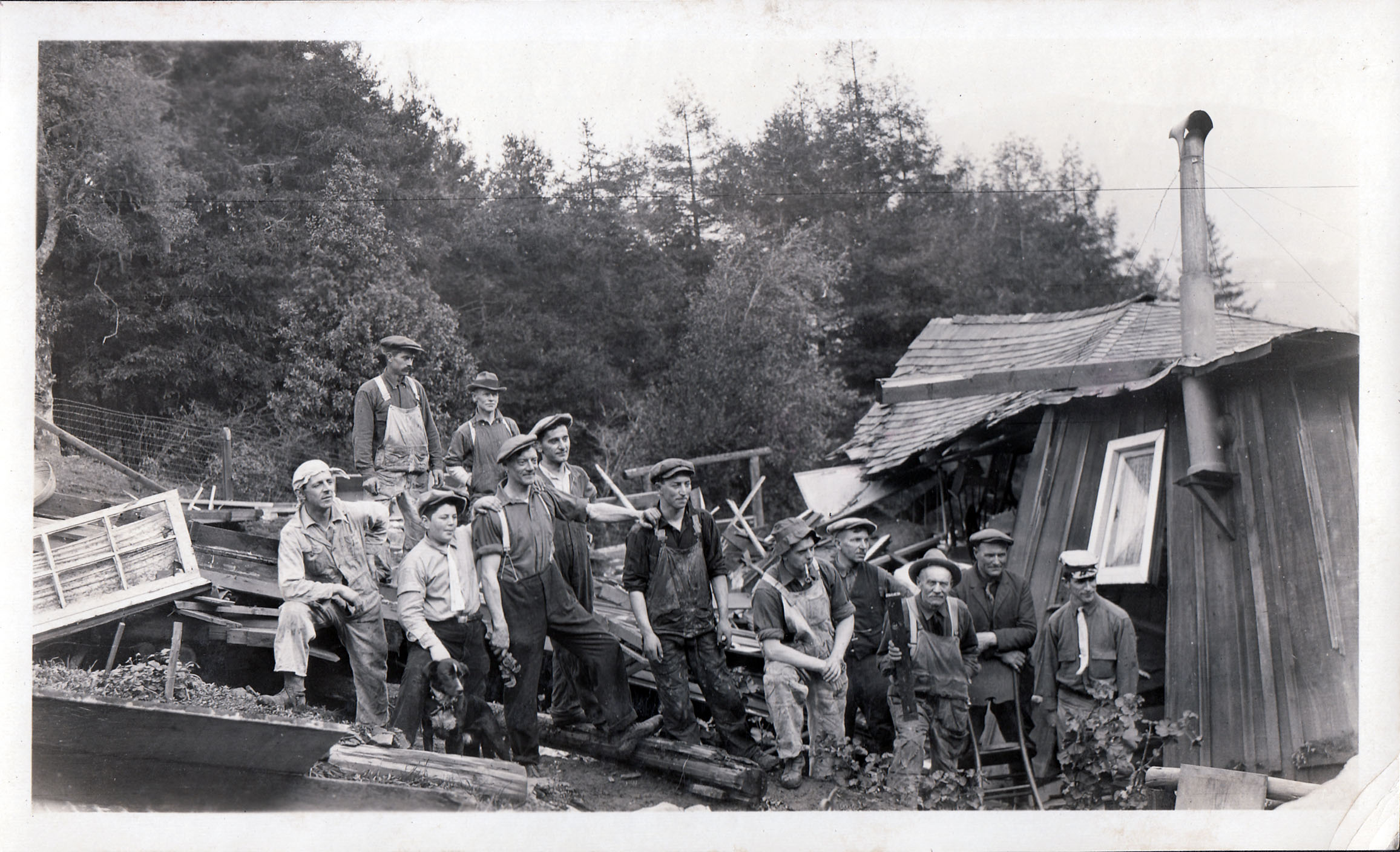
During the Great Depression the clubhouse assumed a new function. “A number of not-so-fortunate Swiss people lost their jobs and their homes. Our community opened the door to welcome them. Everybody was contributing: some would do the cooking, others would improve the property, plant a garden or work on the trail.”
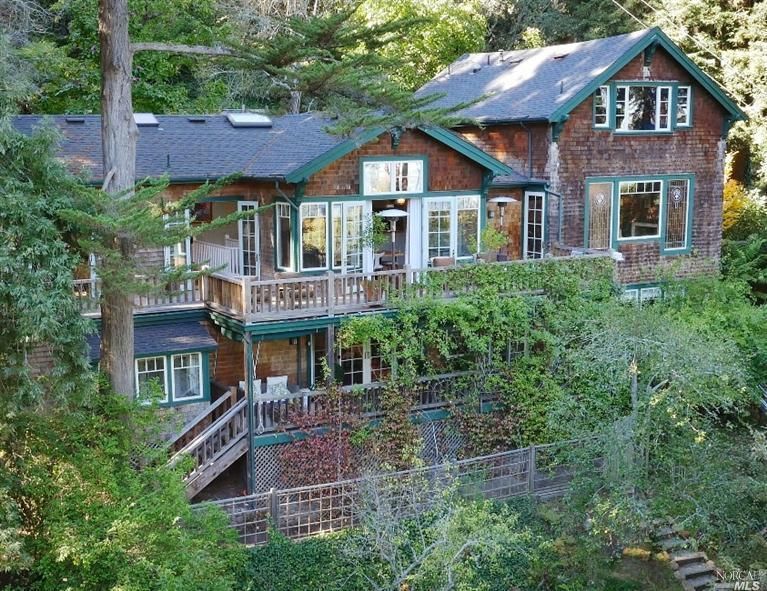
The clubhouse became an important meeting point for the Swiss community. “In the 1950s there was a major gathering at least every month: a Fastnacht [carnival] dance, May celebrations, even a Schwingfest [wrestling event] and so on. It wasn’t unusual to count up to 250 people,” Dommen tells an amused audience.
“A jam session would start and there was yodelling until the neighbours warned them to stop or they would call the sheriff, but usually it continued into the small hours.”

Many romances blossomed on the hill. Wedding receptions, birthdays and anniversary parties were held in the clubhouse.
“I grew up there,” May-Moesch says. “My family was living in San Francisco and we used to spend many weekends at the Swiss Club Tell. My father, who came from canton Aargau in the 1940s, was the president at some point. He was often at the club fixing something. My mother, who arrived in San Francisco after the war from Büttikon, also in canton Aargau, used to cook for the people who would come up and have dinner at the club. We kids had a great time there. We were free to play outside, to go to Mill Valley or to hike to Mount Tamalpais.”
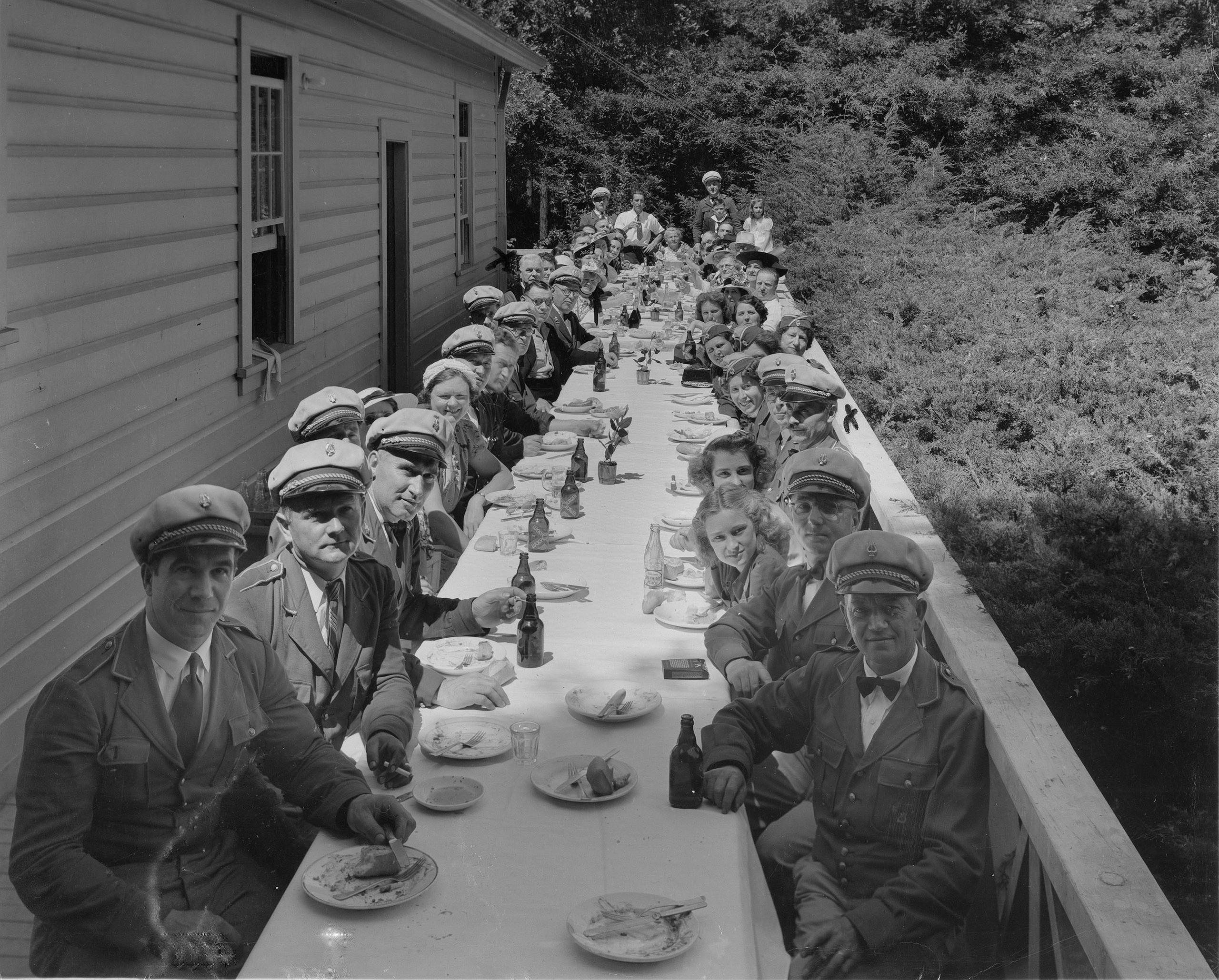
The interest in the club increased when the younger members, who were running the organisation, brought new ideas. The club menu expanded beyond Bratwurst and Schüblig sausages, which attracted more people. A steady income was assured by fixing up the chalets on the property and renting them out.
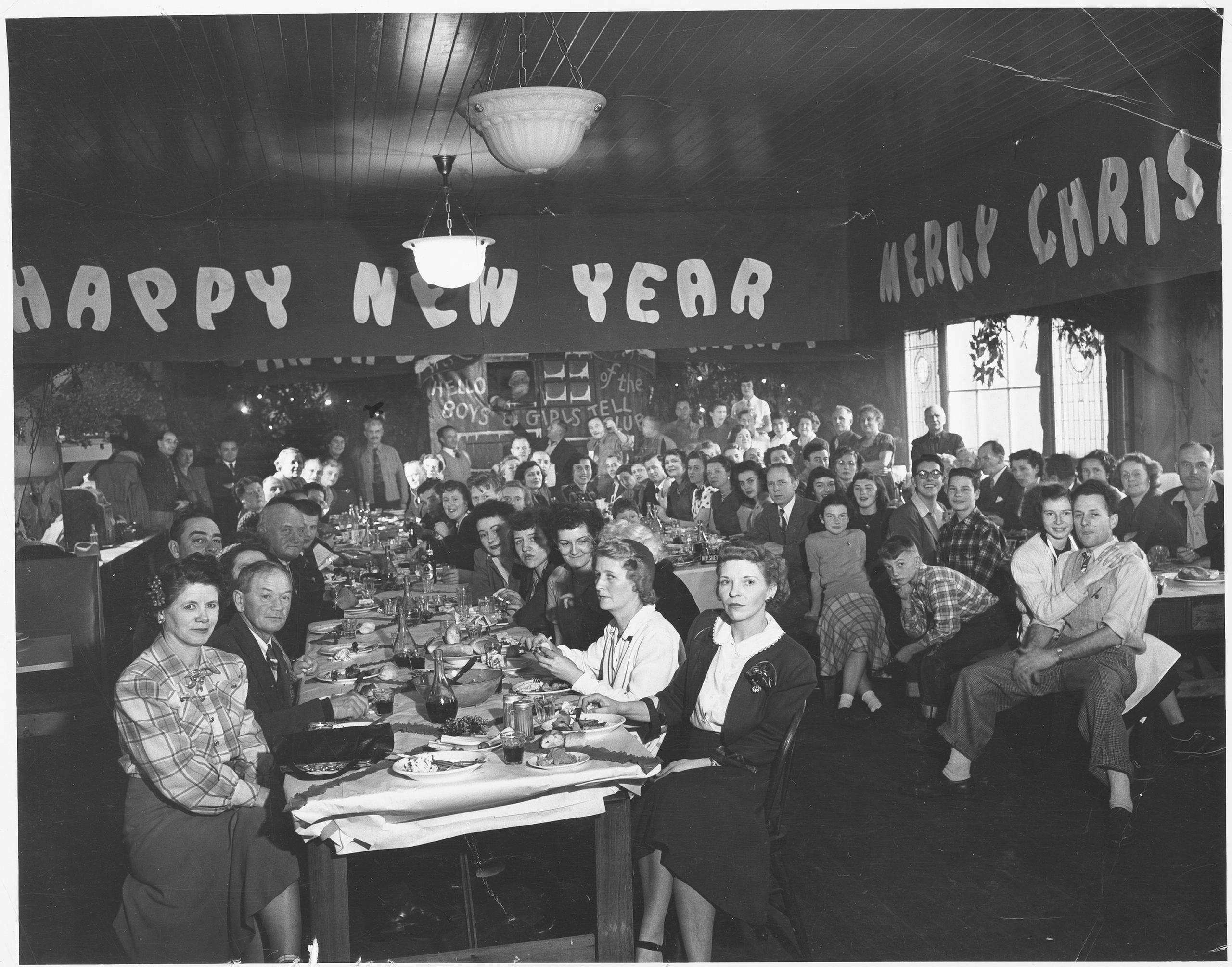
Despite all these efforts, maintaining the clubhouse became too expensive and the number of members dwindled, because fewer immigrants were arriving from Switzerland. These factors led the board to take the tough decision to sell the property in 1997.
“With the proceeds of the sale we’ve been able to continue the tradition of providing space for members’ gatherings,” Dommen says. “We enjoy good food together, listen and dance to Swiss music, play [card game] Jass and go on hikes. We are proud to be here and celebrate our 100th anniversary. Well, 101st actually.”
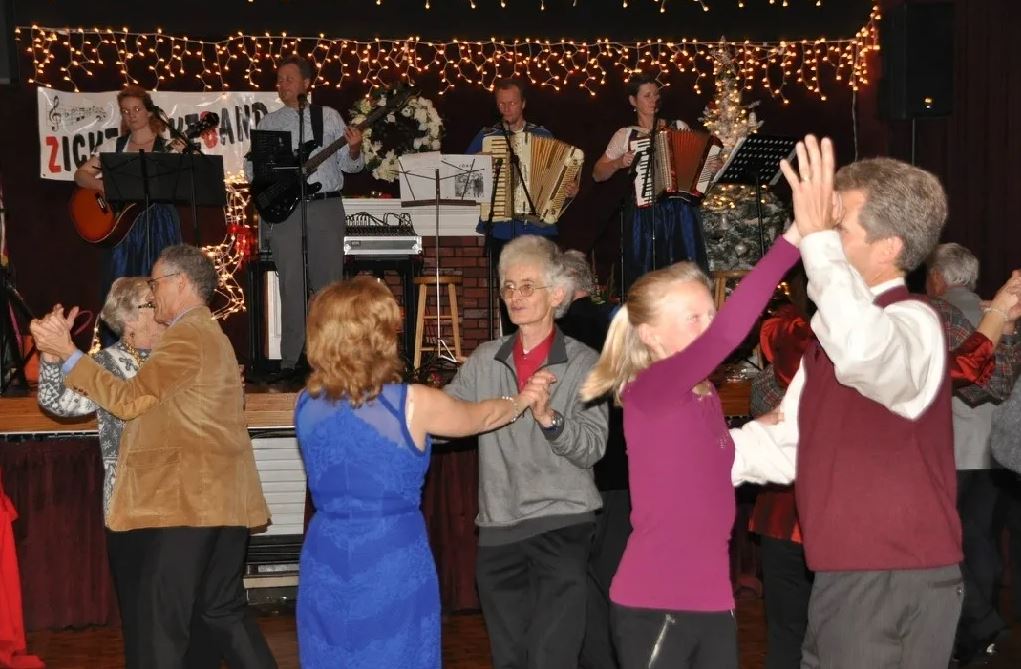
But time brings new challenges, such as recruiting new members. “We’re working hard on it, but new Swiss people who come here are probably not really interested in what we do. They have different needs from us when we were young. They stay in this area maybe for a few years and can go back home whenever they want,” May-Moesch says.
“Back then the club was a place where we didn’t feel so homesick. It was a replacement for the homeland. Many people didn’t have the possibility of returning home. My mother was able to go back to canton Aargau with us children only ten years after arriving in the United States. I never met my grandparents, but when I went to Switzerland I found out that I had 20 cousins. That was an unforgettable summer.”
The future of the Swiss Club Tell is uncertain. May-Moesch hopes it can have a long life. “We still want to listen to our folk music together and wear traditional clothes. Maybe these things are no longer so important in Switzerland, where society has moved on,” she says smiling. “But we Swiss people in America still respect all these traditions. They are part of our identity.”

More
Do politics from home resonate with Swiss abroad?

In compliance with the JTI standards
More: SWI swissinfo.ch certified by the Journalism Trust Initiative











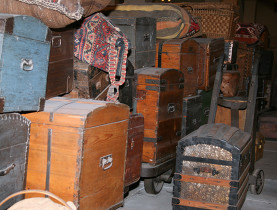
Join the conversation!